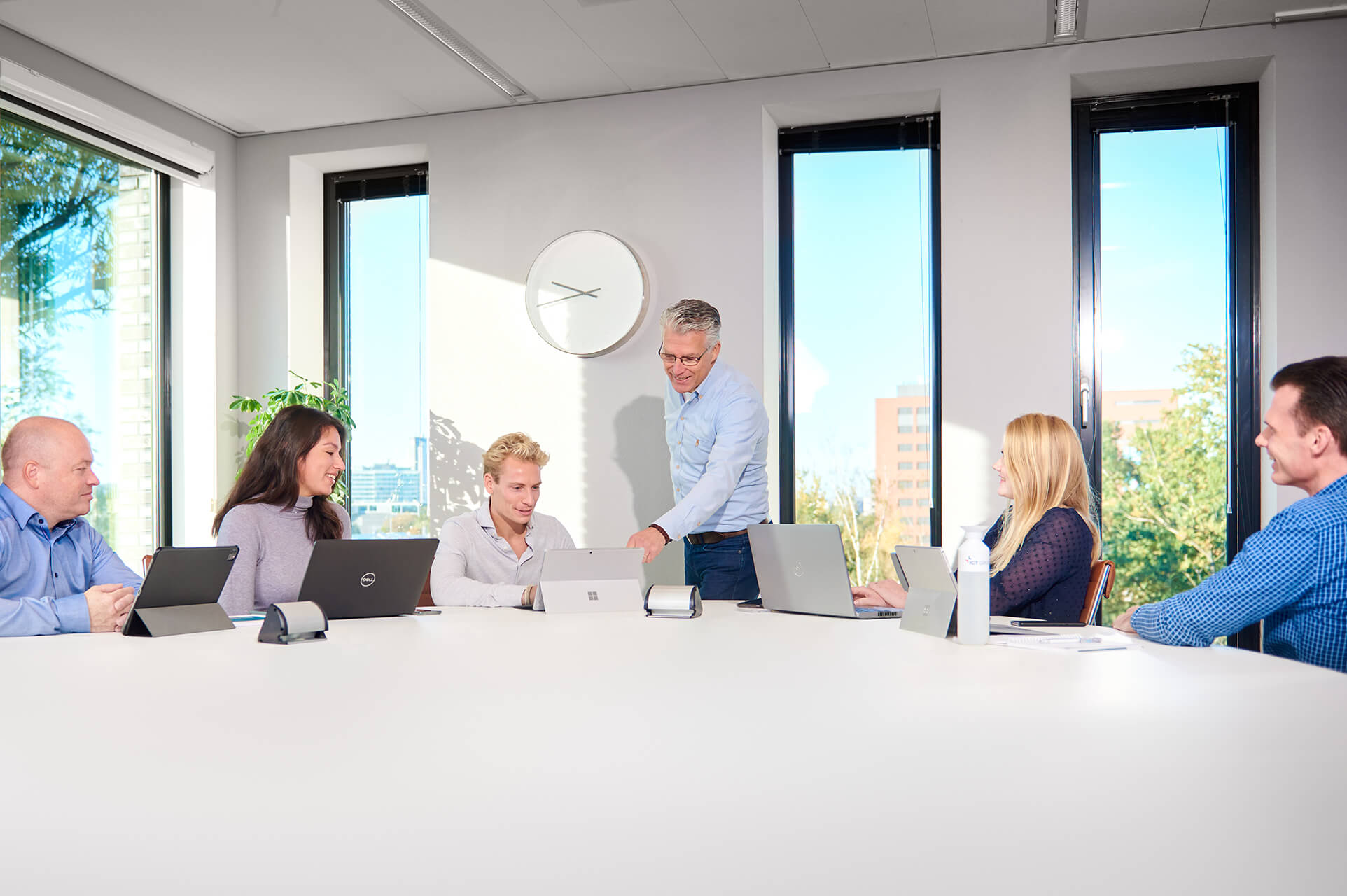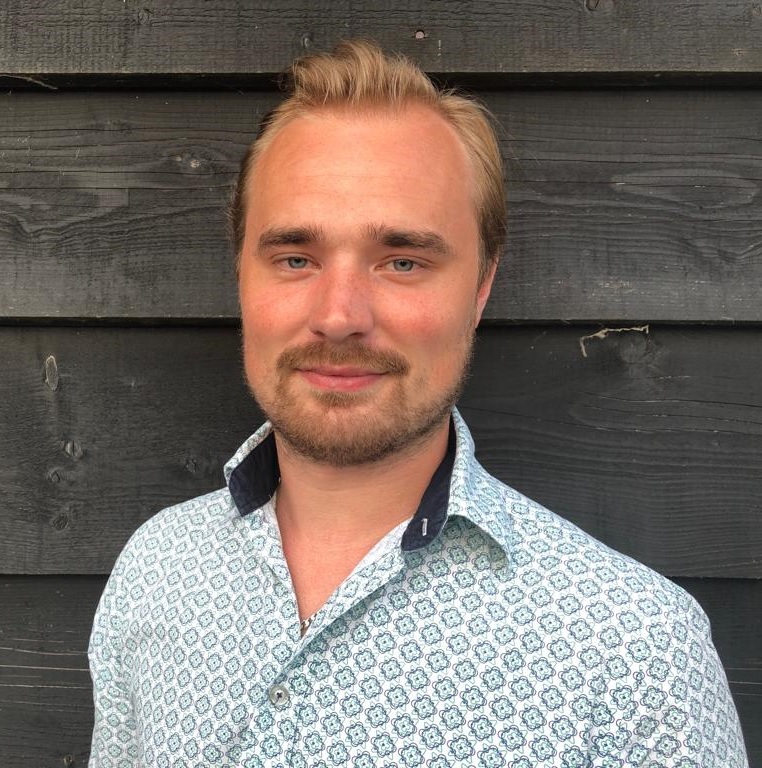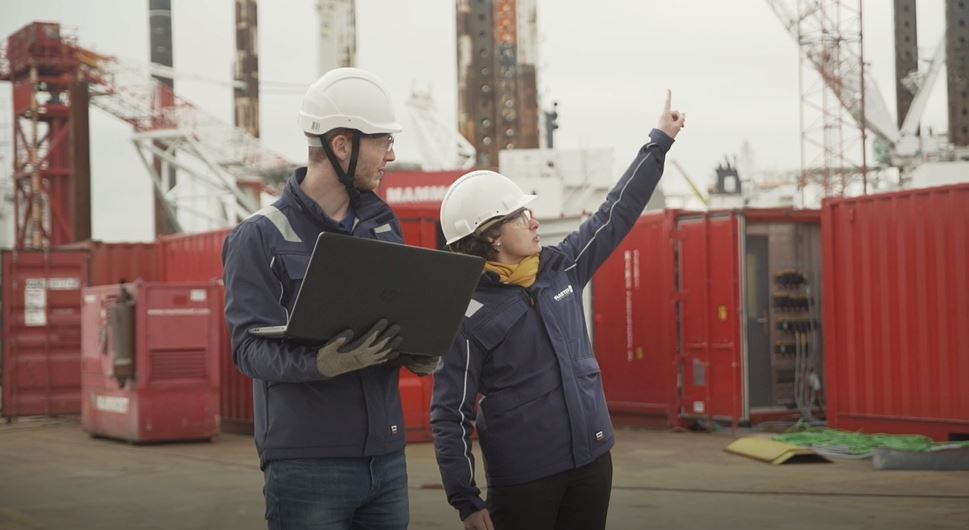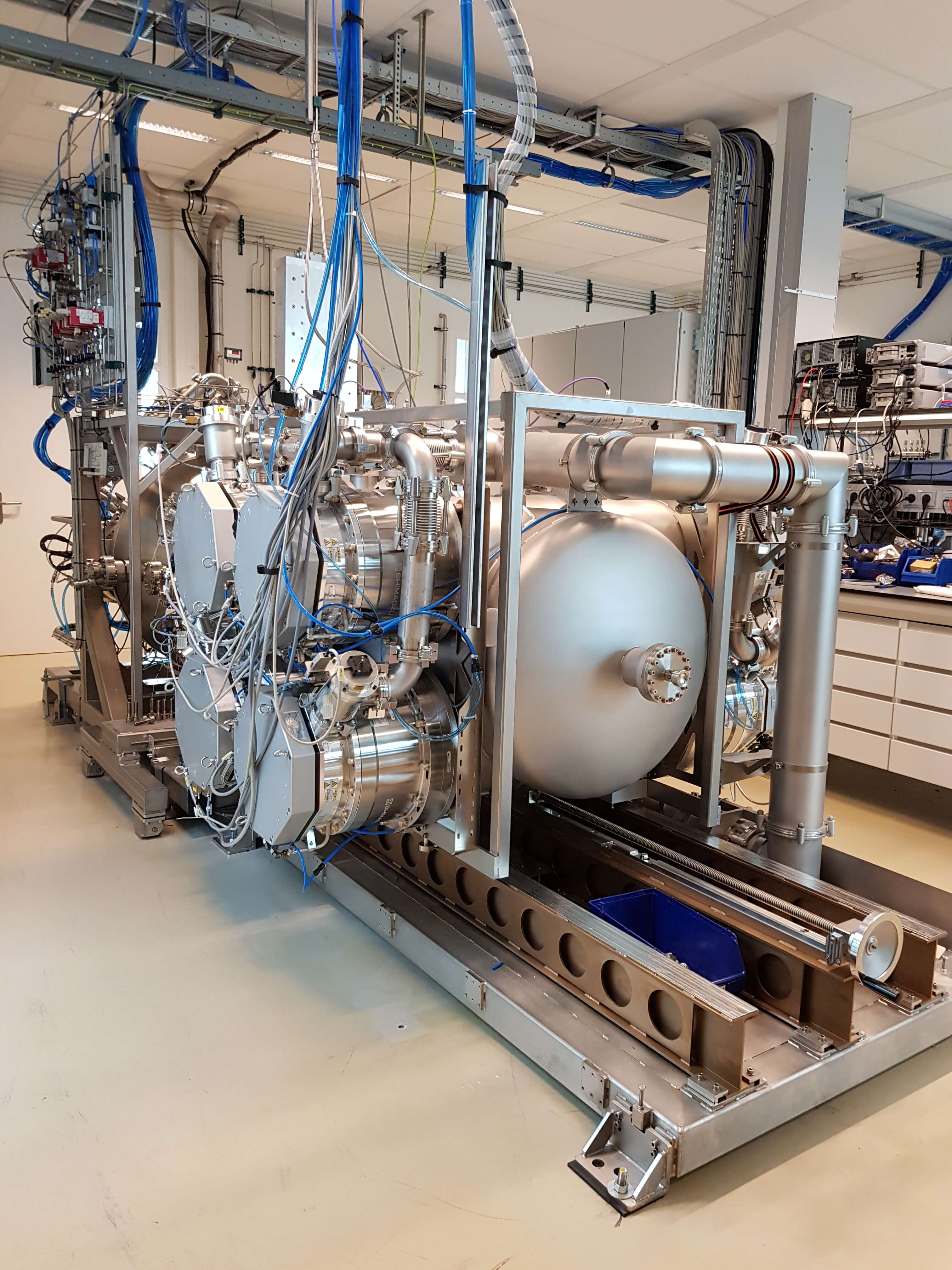
In addition to taking care of a system upgrade, Raster also added new functionalities. The researchers are happy with the result: the upgrade makes their job easier and improves their work.
The Van Leeuwenhoek Laboratory, TNO and Delft Technical University work together with the industry to develop and test a wide variety of applications in the field of nanotechnology: the technology concerned with particles of the size of a nanometre (one-billionth part of a metre). The two organisations use small and bigger vacuum installations for their research. The new control system for one of these was developed by Raster, part of ICT Group. An installation of this type consists of two chambers with a ‘dynamic gas lock’ between them. This gas lock prevents contaminants from flowing between the chambers.
The vacuum installation Raster worked on is very complex according to Timo Huijser of TNO. He uses the machine for his research projects for the Nano Instrumentation department, which primarily works for the semi-conductor industry. The complexity is due to the large number of components, its special character, and all the safety measures that need to be taken into account. “Raster’s added value is that their development work is well documented and reliable. If there is a problem with a system, you need to able to identify the issue. And if components are well documented, this can be hugely helpful in resolving problems promptly.”
The new control system we implemented can be used to directly control the systems.
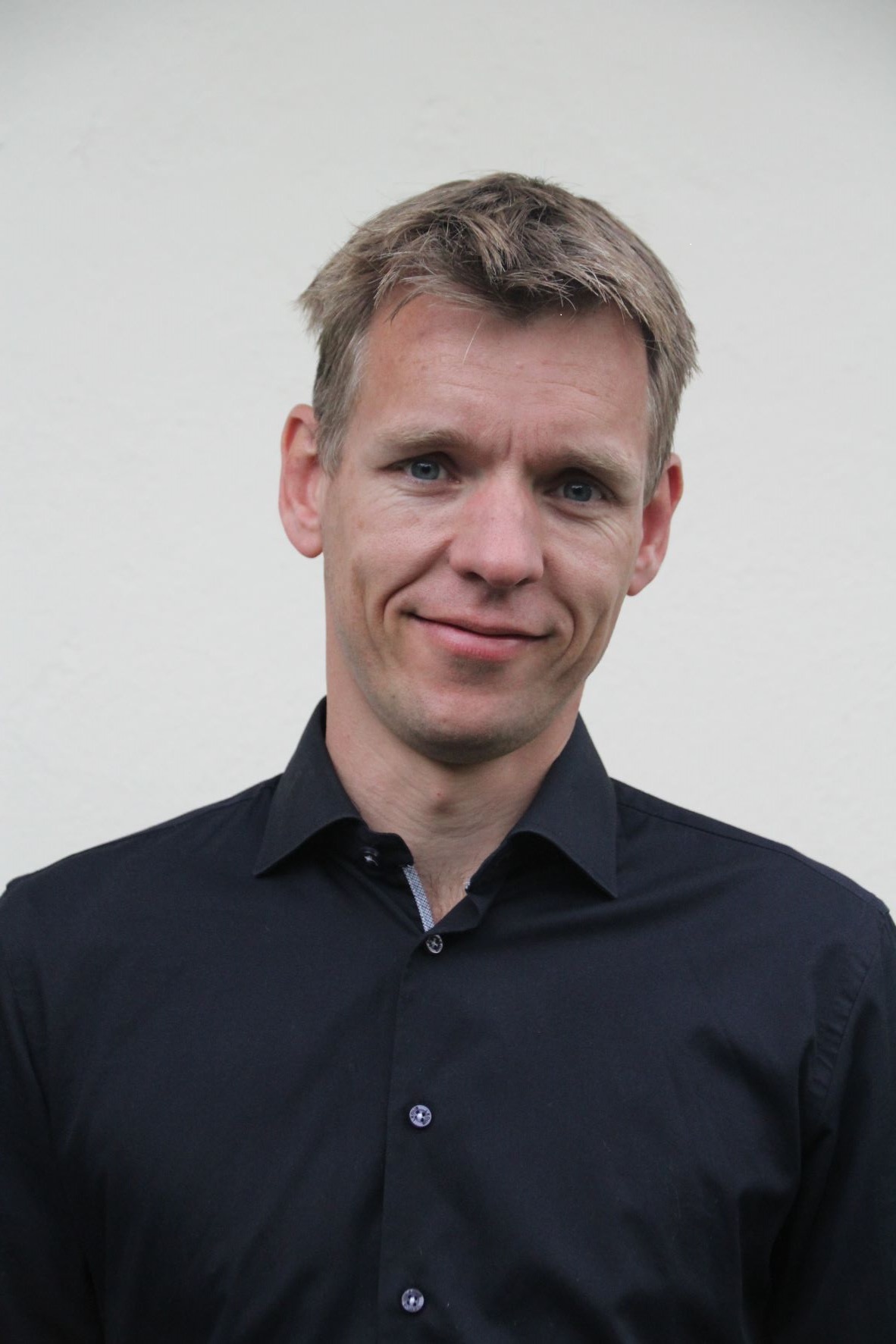
Special industry
The work done by Raster consisted of full replacement of the electrical control system, the PLC control, and the SCADA system (for controlling and visualising industrial processes). Although Raster had carried out a similar assignment for another client, each project is different and presents a new challenge because of its specific requirements and circumstances, says Julian van Basten, Engineering Manager at Raster. “The most important thing is that we can apply our technical building blocks and knowledge, which we are continually extending. This gives us the opportunity to contribute to key technological developments in specialised industries such as this one.”
This project was especially challenging because TNO had made adjustments to the installation, and these changes had an impact on the control system. For example, the number of turbo-molecular pumps – required to create an extremely high vacuum level in the test environment – was doubled from six to twelve. To prevent the pumps from crashing, Raster built special features into the hardware and software for extra protection. As soon as the pumps are in danger of crashing, they can be switched off in a controlled manner.
Van Basten: “The new control system we implemented can be used to directly control the systems. This is much better for the architecture of the entire installation. Direct control contributes to the reliability of the installation and the possibility to carry out maintenance. The project took some time, because the interface is highly advanced.”
Most of the work could be done at the Raster premises in Dreumel, except for the final phase, during which the new system was installed on location in Delft. Mutual collaboration was essential, because multiple disciplines were involved: designers of the electrical installations, draughtsmen, panel builders, and a software team. Van Basten: “We try to prepare and build our projects in-house on a turnkey basis. We build the electrical installation, the software and the entire control system here at Raster. This has proven the most effective approach, because we have a group of specialists at our location.”
Proprietary basic software
For the project for TNO, Raster used its own Raster Foundation Software, a framework that provides the foundation for the specific applications needed for the assignment. “In addition, we used the IRIS software developed by Raster, a graphic, freely configurable SCADA environment. Our intention is to integrate the old IRIS software in the Raster Foundation Software and work is well underway.” The benefit of those two tools is that they allow the team to work more flexibly and efficiently and it speeds up development, because there is an existing foundation on which to build.
Timo Huijser of TNO is happy with the renovated installation, which is once again fully up-to-date and adjusted to meet the new requirements of researchers that have emerged in recent years. Ease of use has improved due to a small monitor that has been replaced by two large touch screens. New functionalities in the software enable quick implementation of changes in experiments. “This improves the quality of the research.”
He looks back on a fruitful collaboration from which both parties learned a lot. “Raster develops a lot of solutions for the industry, in which people have often worked in a particular way for many years. We do experimental research, in which everything constantly changes. Raster had to adapt to the level of flexibility we needed. This was a learning process for them. We learned how a structured installation is built, together with the required documentation, which makes it easy to see how a system works and helps you to locate errors.”
